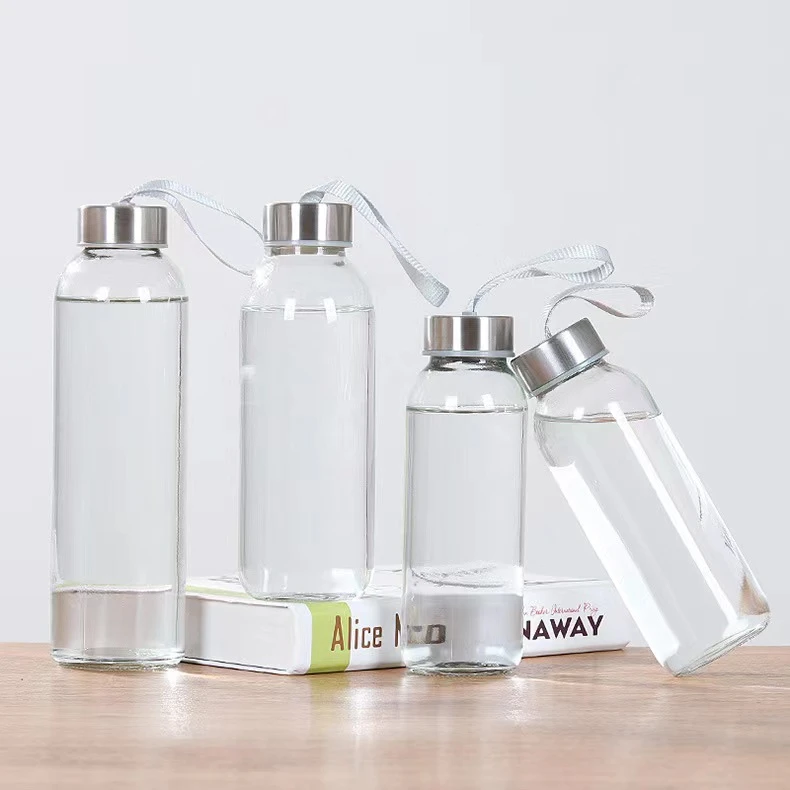 TEL: +86 311 67799298
TEL: +86 311 67799298 Email: tina@yintoglassware.com
Email: tina@yintoglassware.com
can i use glass tray for baking
Can I Use a Glass Tray for Baking?
Baking is a delightful culinary art that requires precision in both ingredients and equipment. The choice of bakeware can significantly influence the outcome of your baked goods. While there are numerous options, glass trays are often a point of confusion for many home bakers. Can a glass tray be used for baking? The short answer is yes, but there are several factors to consider to ensure a successful baking experience.
Types of Glass Bakeware
First, it’s important to understand the types of glass bakeware available. Most commonly, we see tempered glass and Pyrex. Tempered glass is designed to withstand sudden temperature changes, making it a popular choice for various types of cooking and baking. Pyrex, a well-known brand of glass bakeware, is made from high-quality tempered glass that can tolerate high heat. When selecting a glass tray for baking, always check if it is explicitly marked as oven-safe.
Advantages of Using Glass Bakeware
Using a glass tray for baking comes with several advantages. One of the primary benefits is its non-reactive nature. Unlike metal pans, glass does not react with acidic ingredients, such as tomatoes or lemon juice. This feature helps maintain the flavor and color of your dishes and prevents any metallic taste from seeping into your food.
Another advantage is the even heat distribution that glass provides. Glass bakeware heats more evenly than metal pans, which can lead to better-baked results. This characteristic is particularly beneficial for recipes that require precise baking, such as cakes and casseroles.
can i use glass tray for baking

Moreover, glass trays are quite versatile. They can be used for both baking and serving, allowing you to take your dish straight from the oven to the table. This not only simplifies the cooking process but adds a touch of elegance to your meal presentation.
Considerations When Using Glass for Baking
While glass trays can be an excellent choice for baking, there are a few considerations to keep in mind. One important aspect is to avoid drastic temperature changes. Glass can crack if subjected to sudden shifts in temperature; for example, do not place a cold glass dish directly into a hot oven. To prevent this, preheat your oven, and allow the glass tray to gradually reach the same temperature.
Another consideration is baking time. Because glass retains heat longer than metal, you may need to adjust the baking times slightly. Recipes that call for metal pans may require less time when using glass. It’s advisable to start checking for doneness a few minutes earlier than the recipe indicates.
Cleaning is also an essential aspect to consider. Glass bakeware is generally easier to clean, as many are dishwasher safe. However, avoid using abrasive materials that could scratch or damage the surface.
Conclusion
In conclusion, glass trays can be a fantastic option for baking, provided you take the necessary precautions. Their ability to conduct heat evenly, non-reactivity, and aesthetic appeal make them a valuable addition to any kitchen. Just remember to handle them gently, avoid drastic temperature changes, and adjust your baking times accordingly. With proper care and attention, using a glass tray for your baking endeavors can lead to delicious results and a visually appealing presentation straight to your dining table. Whether you're baking a scrumptious lasagna or a perfect cake, glass bakeware can help you achieve your culinary goals. Happy baking!
-
Benefits of Vacuum Containers with Pumps for Food PreservationNewsJun.12,2025
-
Glass Food Storage Container with Lid for Seal PreservationNewsJun.12,2025
-
Styling Amber Glass Plates for Modern TablescapesNewsJun.12,2025
-
Benefits of Double Wall Coffee Cups for Heat RetentionNewsJun.12,2025
-
Colored Glass Bowls in Cultural TraditionsNewsJun.12,2025
-
Durability of Colored Glass Dinnerware Compared to CeramicNewsJun.12,2025









